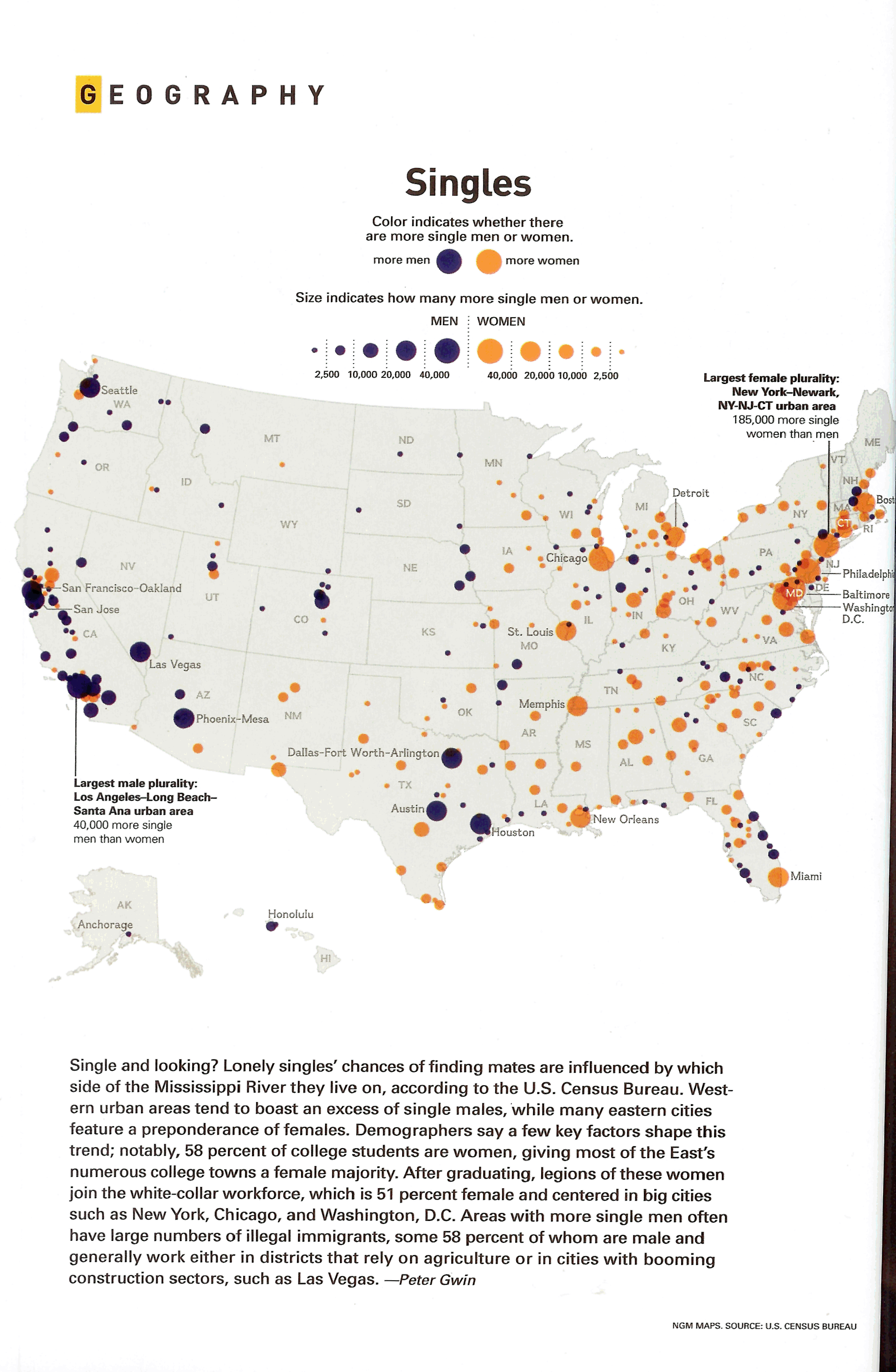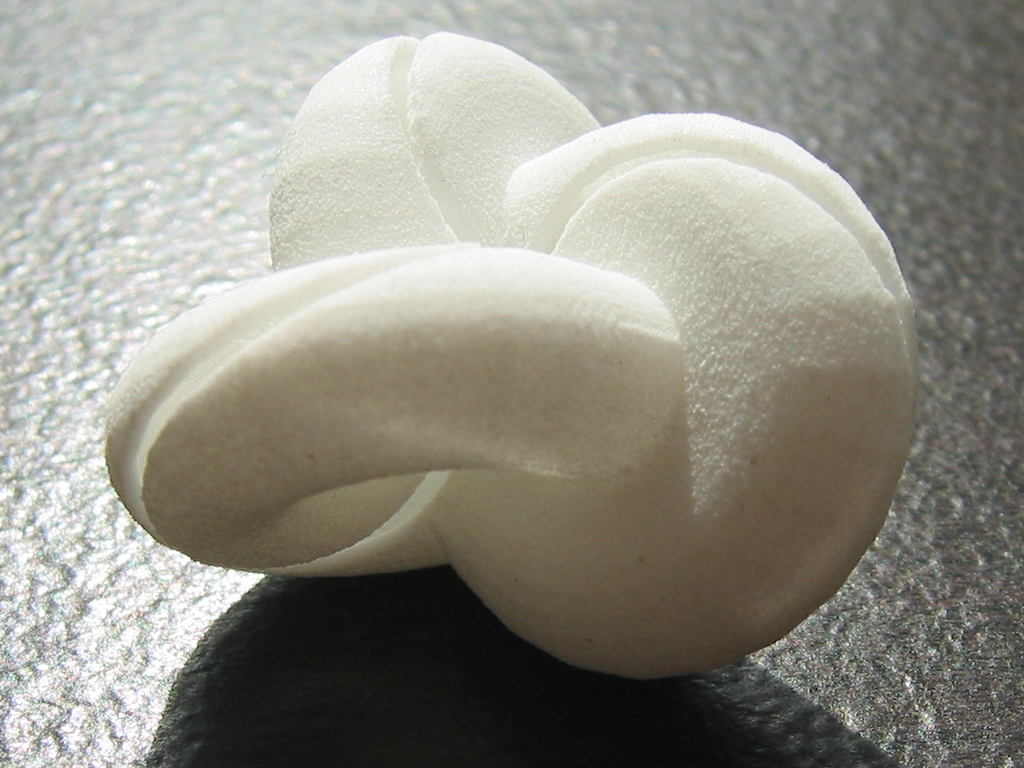Old-school hackers had a long tradition of ensuring job security by building applications so unmaintainable that only the original authors could work on them. But in these days of web applications, unmaintainability has fallen by the wayside. Instead, design fads like CRUD, REST, MVC, DRY, and KISS, have eliminated the average programmer’s job security.
Here are ten quick tips for achieving maximum unmaintainability in your web application. Following them will ensure that, in thirty years, a web programmer like you will be as valuable as a fifty-eight year old COBOL programmer contracting at $200/hr for a Fortune 500 company that still hasn’t migrated off of PL/1. You too will be able to live on a dairy farm in Pennsylvania, grow a beard down to your navel, and work in your underwear. And you’ll never have to learn anything new, work with anyone else, or start another new project.
- Mix it up. Put some JavaScript into external files, but be sure to intersperse JavaScript into your HTML, some of it in
<script>tags. Cram multiple JavaScript statements intoonclickand other event attributes — the longer, the better. Do the same with CSS; put some into external files, some in<style>tags, and also put some critical CSS into complexstyleattributes. And remember to put most of your<script>and<style>tags in the middle of the page content, instead of in the<head>, so that they will be difficult to find. - Make everything dynamic. Generate JavaScript and CSS in your HTML templates. Think of it as another type of
eval. Generate HTML server-side using templates and browser-side using JavaScript. What’s harder than working around a obscure IE layout bug with weird markup tweaks? Making sure both your server templates and your JavaScript HTML generation work around the same bug with the same HTML black magic. - Abstraction, Shmabstraction. Pass lots of data from the server to the browser, store it in hidden form fields in the page, and then pass it back, unchanged, when submitting the form. That way, when the back-end data model changes, you get to rewrite part of the interface too. Allow data-model or server implementation details to creep into the interface implementation. Is the database sharded? Is the cache dirty? Does this row use a composite key? No need to have the server abstract these details, just pass that information to the JavaScript and let it sort everything out. That way, a sysadmin or a DBA can break the UI just as easily as a web designer can.
- Keep your data unstructured. Make sure all communication between the browser and the server is just a flat list of key/value parameters. Some of your parameters will be data to store, others will be modes or flags that affect the behavior of the service you’re hitting, and still others will be modifiers to display messages or affect the behavior of the UI. Keeping your data unstructured ensures these different types of parameters will collide. Often.
- Commit to a platform. Don’t waste your time checking to see if your pages work in all browsers (at least not until you’re totally done). Better yet, develop only in a single browser and don’t even bother to find out whether the features you’re relying on even exist in other browsers. Nothing is more fragile than an application that’s tightly tied to a single platform.
- Trust the browser. Rely soley on JavaScript input checking for some data — don’t check input on the server-side. Store sensitive data in hidden form fields. Put authorization checks in the JavaScript rather than on the server. Parameters like
authorized=1just scream out for URL hacking, and storing them in hidden form fields is only slightly harder to hack. - Trust the server. Rely soley on the server to check, store, and generate only valid data in some places. That way, a DBA can change a single column constraint or data-type, and parts of the UI start to fail.
- Don’t use DOCTYPEs. That way you’ll never be sure what rendering mode different browsers are going to use to render your content.
- Ignore the cascade. Don’t bother to understand what the C in CSS stands for. Just keep overriding styles until a page element looks the way you want. That way, your styles will be fragile and will break unexpectedly when an intern changes something a reasonable person would expect to be unrelated.
- Don’t use classes or ids. Instead, always write JavaScript and CSS that finds nodes based on tag name,
name,altortitleattributes, or by their position in the DOM. That way when anything in the page changes, the hierarchy, the attributes, or when the site is translated into another language, things break. If you do end up usingclassorid, be sure to make a separate class for every node in your document and assign the same id to several different nodes.
If, however, you want to write flexible code that can react to and evolve with the ever-changing needs of its users, even after you have left the project in the hands of a clever but inexperienced hacker, you should probably avoid these techniques, and read up on some of those lame new design fads instead.
Special thanks to all the programmers whose code has illuminated these techniques over the years. My job may not be as secure as yours, but at least my code, and my conscience, are clear.



